In October of 2016, a self-driving tractor-trailer made a 120 mile trip to Colorado to deliver a load of beer. That trip was made while the Truck Driver, who normally mans the wheel, relaxed in his sleeper birth and watched the miles go by.
It’s very easy to wonder that if trucks begin driving themselves, what happens to the over 3.5 million Truck Drivers that make their living on the road? Have trucking’s veteran drivers spent years driving millions of accident-free miles only to be cast aside in favor of robots? What about new Truck Drivers and people looking at the plentiful high paying jobs in the trucking industry as a way to make a better life for themselves and their families. Will their jobs be here in 10 years?
This all leads to the question that if trucks can drive themselves, what happens to the Truck Drivers?
Werner Enterprises CEO Derek Leathers says “Many people think that we’re a couple of years away from fully autonomous trucks going down the road and delivering a majority of the freight but industry experts and people who are really in the trenches would tell you that’s overstated.”
Consider the airplane. “The reality is that we have been able to take off and land planes for 20+ years without a pilot in the cockpit but no one has taken a flight recently without a pilot, nor do I expect they will,” Derek said. The cargo inside these planes and trucks, as well as the safety of the other drivers on the road, are simply too great to have these giant tractor-trailers move without a driver.
Have you ever been alerted that a store or bank that you do business with has been hacked? Even the most secure systems are vulnerable to these attacks even as efforts to combat cyber-terrorism climb to all-time highs.
That doesn’t mean that the role of the truck driver won’t change as the technology matures. Truck Drivers will benefit from new safety features that are being developed for autonomous trucks.
“What it does for us right now is it gives us very robust driver assist technologies today. So, lane departure is better than it’s ever been, forward collision mitigation, active breaking, anti-rollover stability. All of those things are byproducts of this quest for autonomous.” Mr. Leathers said.
With GPS and sensor guidance, Truck Drivers of the future may be able to rest when the truck is riding on major highways for long stretches. Trucks tend to follow major trucking lanes when traversing the country. These major freight lanes along with terminal to terminal routes are most likely the first to be able to offer the driver a hands-off experience.
Making the major highways that thousands of trucks drive on each day safe for self-driving vehicles is no small task. However, it pales in comparison to the number of streets, roads, and alleys that professional Truck Drivers navigate every day. You must also take in to account any road construction, accidents, other unexpected traffic events.
The bottom line is that we have a long way to go before self-driving trucks can make it to their ultimate destinations by themselves. Not to mention that once they get there, they have to safely back up to a loading dock once they are cleared to do so.
Rather than the death of the Truck Driver, we are seeing a revolution in the way that they will do their jobs. We have already seen Automatic Transmission-Trucks becoming the norm at Werner Enterprises and other major trucking carriers. The safety and collision mitigation technologies that are being developed for the autonomous trucks of the future are being integrated into the trucks of today. Truck Driving is becoming much safer for its drivers, as well as other vehicles on the road.
Derek Leathers says “Connected and automated vehicle technologies have the potential to dramatically impact nearly all aspects of the trucking industry. These technologies can bring benefits in the areas of safety, the environment, productivity, efficiency, and driver health and wellness.”
Trucks and technology will change but the mission of the Truck Driver will not. To safely transport the food, fuel, and goods that keep America moving.
Mr. Leathers went on to say “It is something where safety has to be a priority and I believe that having people in the truck to pilot those systems and oversee those systems is here to stay. It’s a great time to join the industry because the demand for freight hauling is so high.”
“I for one, am a little bit of a skeptic on the concept that anytime soon you are going to see 80,000 pounds going down the road on any regular basis without a driver behind the wheel.”

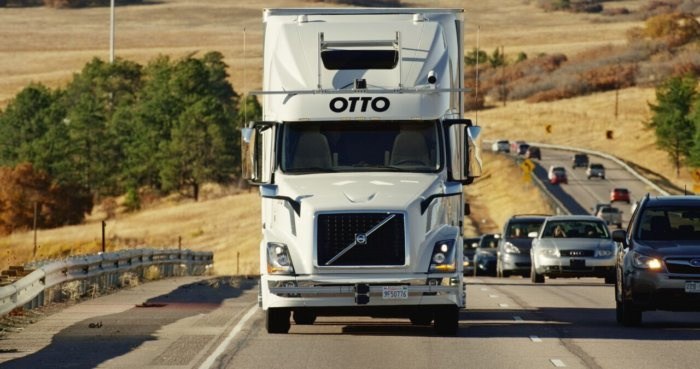
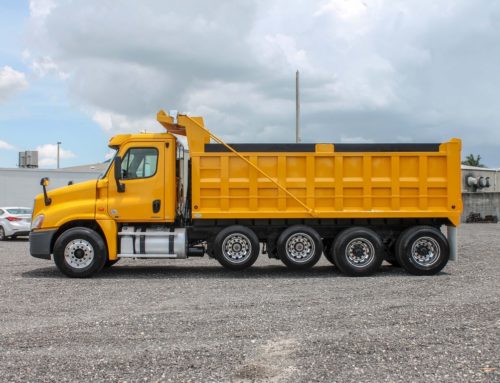
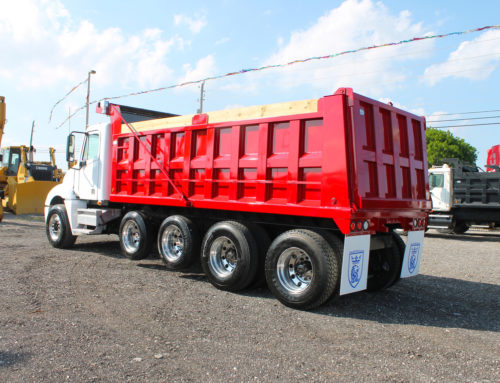
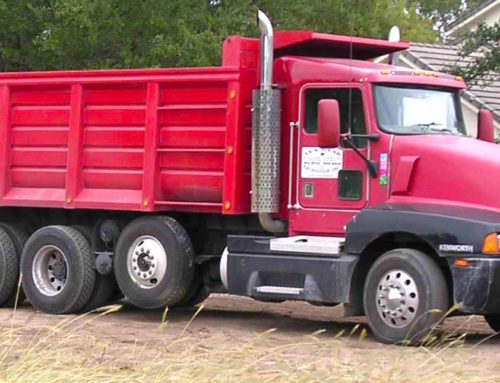
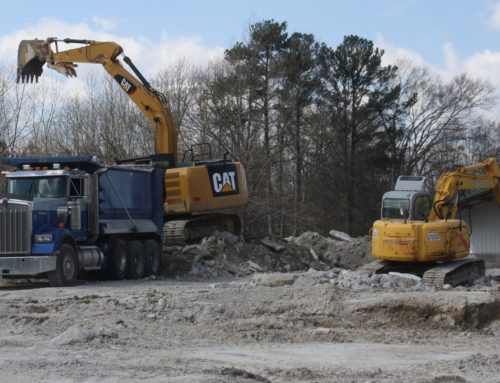
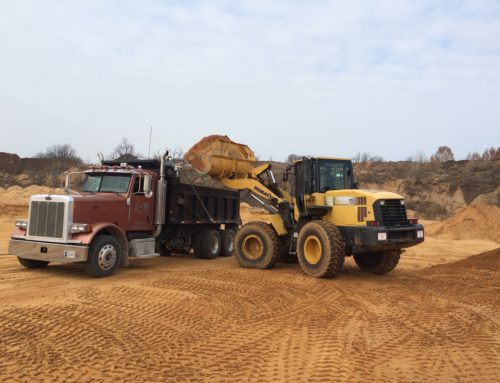
Leave A Comment